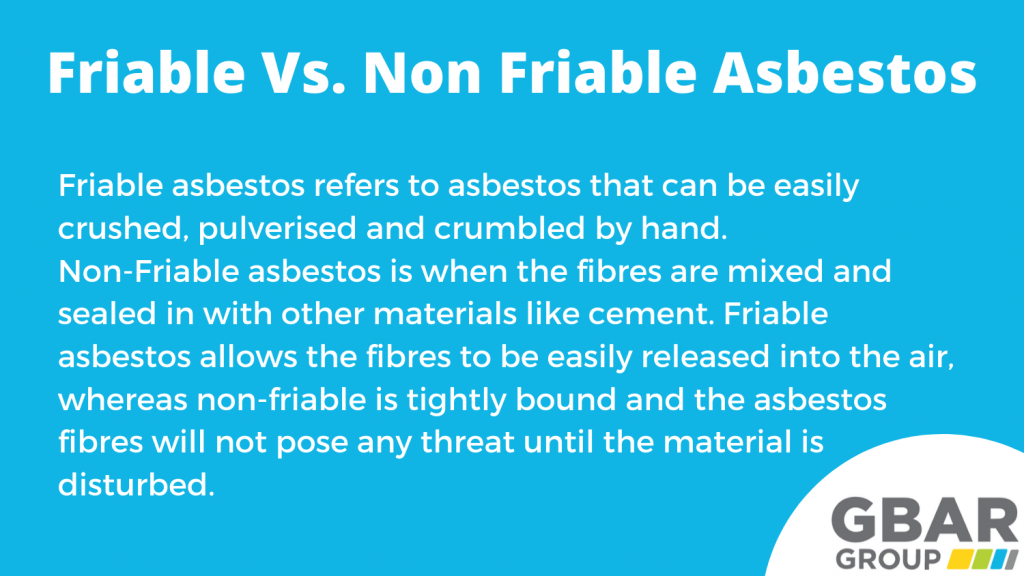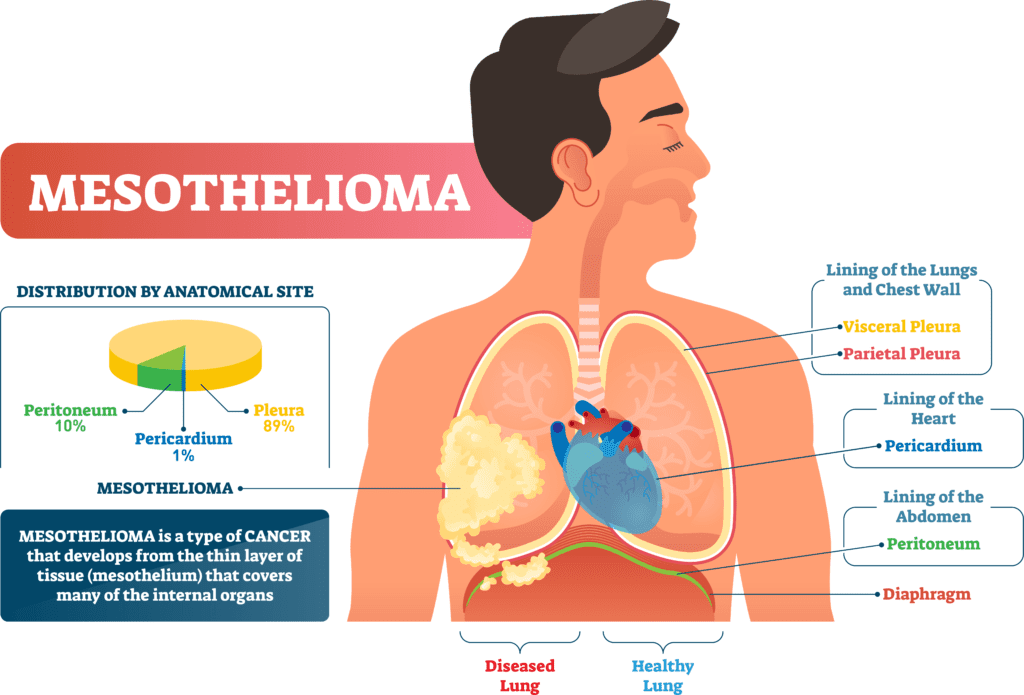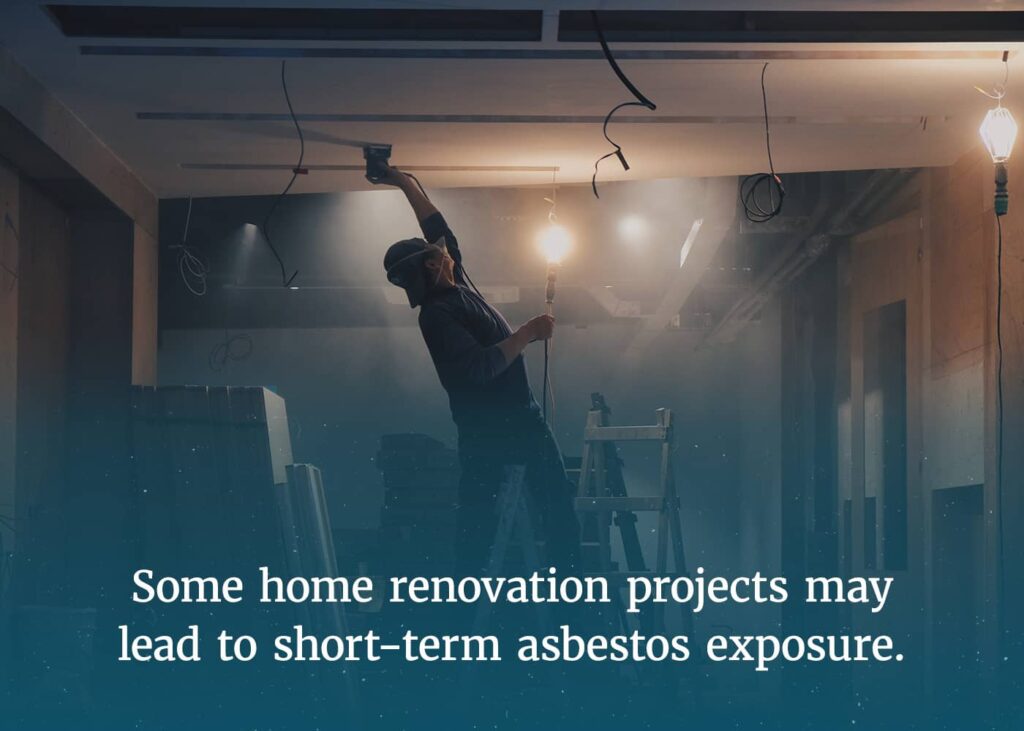Asbestos, a naturally occurring mineral once widely used for its heat resistance, is known to pose serious health risks when its fibers are inhaled. But can your lungs actually clear asbestos on their own? In this article, we explore the ability of the human respiratory system to remove asbestos fibers and the potential consequences of long-term exposure.
Understanding Asbestos
Asbestos is a naturally occurring mineral that has been widely used in various industries due to its heat resistance, sound absorption, and durability. It is commonly found in buildings, shipyards, and manufacturing plants, and can be present in insulation, roofing materials, floor tiles, and even car brakes. Despite its numerous applications, asbestos can pose serious health risks when its microscopic fibers are released into the air and inhaled. In this article, we will explore the various aspects of asbestos, including its sources of exposure, associated health risks, and the mechanisms by which the lungs attempt to clear asbestos fibers.
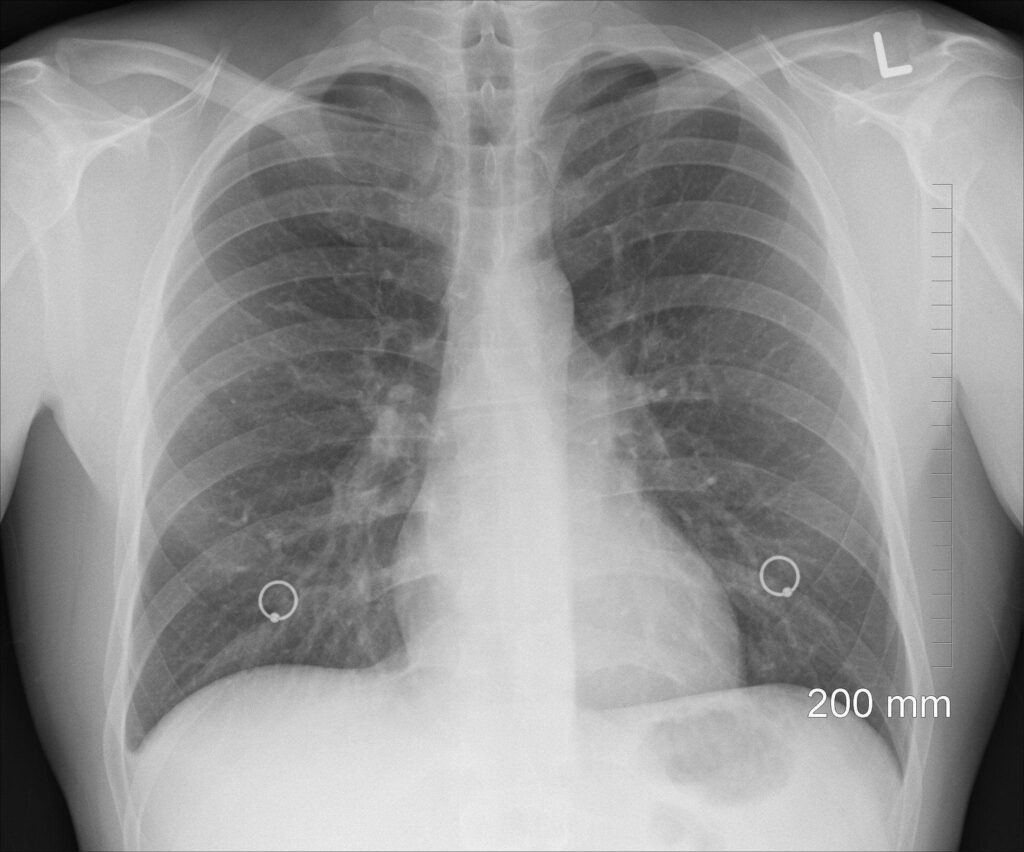

What is asbestos?
Asbestos is the term used to describe a group of naturally occurring minerals that are composed of long, thin fibers. These fibers can become easily airborne when materials containing asbestos are disturbed or damaged. There are six different types of asbestos, with the most commonly used ones being chrysotile, amosite, and crocidolite. Due to its fibrous nature, asbestos has been widely used in a variety of industries, particularly in construction and manufacturing, dating back to ancient times. However, the health risks associated with asbestos exposure have only been recognized in recent decades.
Sources of asbestos exposure
Asbestos exposure can occur in various settings and occupations. Construction workers, shipyard workers, firefighters, and those involved in asbestos mining and manufacturing are at a higher risk of exposure due to the nature of their work. Additionally, individuals who live in older buildings or homes with asbestos-containing materials may also be at risk, especially if these materials become damaged or deteriorated. Environmental exposure to asbestos can also occur near asbestos mines or naturally occurring deposits. It is important to note that even low levels of asbestos exposure over a prolonged period can still lead to health complications.
Health risks associated with asbestos
Asbestos exposure has been linked to a range of serious health conditions, including lung diseases and various forms of cancer. The microscopic fibers released by asbestos can penetrate deep into the lungs, leading to inflammation, scarring, and the development of life-threatening conditions. The latency period for asbestos-related diseases is usually long, and symptoms may only become apparent several decades after exposure. The following sections will delve into the specific mechanisms by which asbestos affects the lungs and the clearance mechanisms that attempt to remove asbestos fibers from the respiratory system.
Asbestos in the Lungs
How does asbestos enter the lungs?
When asbestos-containing materials are disturbed, such as during construction or renovation work, the microscopic asbestos fibers become airborne. Once in the air, these fibers can be inhaled into the respiratory system. Due to their small size and lightweight nature, asbestos fibers can easily bypass the body’s natural defense mechanisms in the nose and throat and reach the lungs, where they can cause significant damage.
Movement and accumulation within the lungs
Once asbestos fibers enter the lungs, they can travel deep into the bronchial tubes and the alveoli, which are the small air sacs where gas exchange occurs. Here, the fibers can become lodged and accumulate over time. The accumulation of asbestos fibers can result in the formation of scar tissue and the development of various lung diseases. The next section will explore the effects of asbestos on lung tissue in more detail.
Effects of asbestos on lung tissue
Asbestos fibers can cause inflammation and scarring in the lungs, which can lead to the development of lung diseases. One of the most well-known asbestos-related lung diseases is asbestosis, which is characterized by the progressive scarring of lung tissue. This scarring can cause shortness of breath, coughing, and chest tightness. In addition to asbestosis, asbestos exposure is also strongly linked to the development of lung cancer and mesothelioma, a rare cancer that affects the lining of the lungs, abdomen, or heart. Other asbestos-related diseases include pleural plaques, pleural effusion, and pleural thickening.
Clearance Mechanisms in Lungs
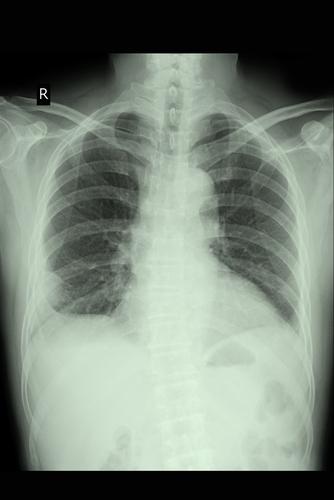

Overview of lung clearance mechanisms
The lungs have several mechanisms in place to clear inhaled particles, including asbestos fibers, from the respiratory system. These clearance mechanisms work together to minimize the retention of harmful substances in the lungs and to protect the delicate lung tissue. The primary clearance mechanisms include mucociliary clearance, macrophage clearance, and the role of the lymphatic system.
Mucociliary clearance
Mucociliary clearance is a vital mechanism for removing particles, including asbestos fibers, from the respiratory tract. The airway lining is covered with a thin layer of mucus that traps inhaled particles, and tiny hair-like structures called cilia then move the mucus along, effectively clearing the trapped particles out of the lungs. However, asbestos fibers can be more challenging to clear due to their size and shape, which can hinder the effectiveness of this mechanism.
Macrophage clearance
Macrophages, a type of immune cell, also play a crucial role in clearing asbestos fibers from the lungs. When asbestos fibers reach the lower respiratory tract, they are recognized by macrophages, which then engulf them in a process called phagocytosis. The macrophages attempt to break down the fibers, but due to the durability of asbestos, they may not be able to fully remove or destroy them. This can lead to the accumulation of asbestos fibers within the macrophages and further contribute to lung damage.
Role of lymphatic system
The lymphatic system, which consists of a network of vessels and lymph nodes, is responsible for filtering and transporting fluids, waste products, and immune cells throughout the body. In the context of asbestos clearance, the lymphatic system plays a role in draining fluid from the lungs and removing any trapped asbestos particles. However, the lymphatic system may not be able to efficiently clear large amounts of asbestos fibers, especially if the exposure is prolonged or the fibers are heavily accumulated.
Factors influencing asbestos clearance
The clearance of asbestos fibers from the lungs can be influenced by various factors. Understanding these factors is crucial in assessing an individual’s risk and the potential for asbestos-related diseases. The following sections will explore some of the key factors affecting asbestos clearance.
Factors Affecting Asbestos Clearance
Size, shape, and chemical composition of asbestos fibers
The size, shape, and chemical composition of asbestos fibers play a significant role in their clearance from the lungs. Longer fibers, such as the ones found in amphibole asbestos types like amosite and crocidolite, are generally more durable and can be more challenging to remove. The thinner chrysotile fibers, on the other hand, are more flexible and can be cleared more easily. The chemical composition of asbestos fibers can also impact their clearance, as certain types of asbestos may trigger more severe inflammatory responses in the lungs.
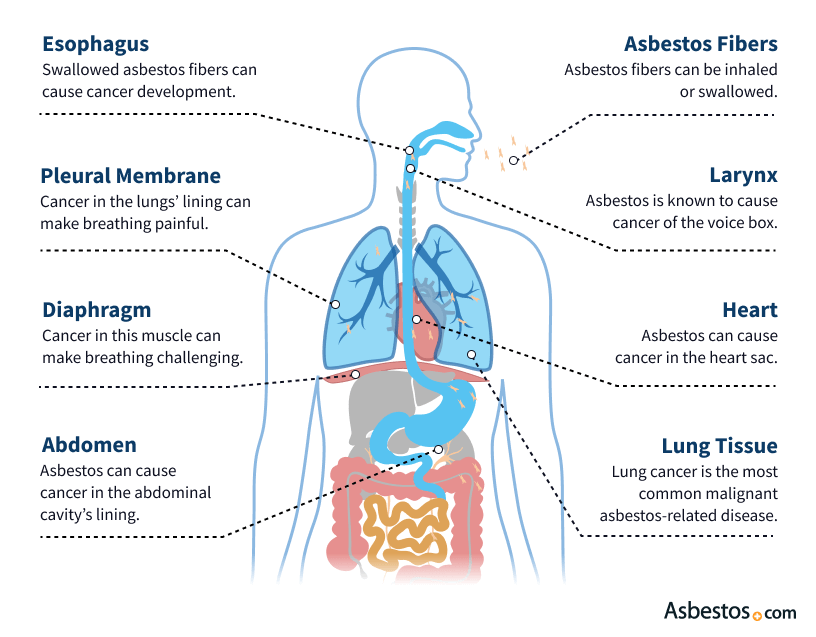

Asbestos exposure duration
The duration of asbestos exposure is an essential factor in determining the risk of developing asbestos-related lung diseases. Prolonged exposure to asbestos fibers increases the likelihood of accumulation and lung damage. Even low levels of exposure over an extended period can contribute to the development of asbestos-related diseases, emphasizing the importance of prevention and minimizing exposure in high-risk occupations and environments.
Cumulative exposure levels
In addition to the duration of exposure, cumulative exposure levels also play a role in the development of asbestos-related diseases. Individuals who have had repeated or high levels of exposure to asbestos throughout their lifetime are at a higher risk of developing lung diseases. It is essential to monitor and minimize exposure levels to protect individuals from the potential health hazards associated with asbestos.
Smoking and its impact on asbestos clearance
Smoking cigarettes in conjunction with asbestos exposure significantly increases the risk of developing lung diseases. Both smoking and asbestos exposure independently contribute to lung damage, but when combined, they have a synergistic effect. Smoking impairs the clearance mechanisms in the lungs, particularly the mucociliary clearance, allowing asbestos fibers to remain in the respiratory system for longer periods. Therefore, it is crucial for individuals with a history of asbestos exposure to avoid smoking and to quit if they are smokers.
Pre-existing lung diseases
Individuals with pre-existing lung diseases, such as chronic obstructive pulmonary disease (COPD) or asthma, may have impaired clearance mechanisms in their lungs. These compromised clearance mechanisms can make it more challenging for the lungs to clear asbestos fibers efficiently. Those with pre-existing lung diseases are therefore at an increased risk of developing asbestos-related lung diseases if exposed to asbestos.
Asbestos-Related Lung Diseases
Asbestosis
Asbestosis is a chronic lung disease caused by prolonged exposure to asbestos fibers. It is characterized by the formation of scar tissue in the lungs, leading to breathing difficulties and decreased lung function. Symptoms of asbestosis may include shortness of breath, persistent cough, chest pain, and clubbing of fingers. The disease typically develops several decades after asbestos exposure, and there is currently no cure for asbestosis. Treatment focuses on symptom management and preventing further exposure.
Lung cancer
Asbestos exposure is a well-established risk factor for the development of lung cancer. The inhalation of asbestos fibers can cause genetic changes in lung cells, leading to the uncontrolled growth of cancerous cells. It is important to note that lung cancer associated with asbestos exposure may not manifest until several decades after the initial exposure. Early detection through regular screening and avoiding further exposure to asbestos are essential in managing the disease.
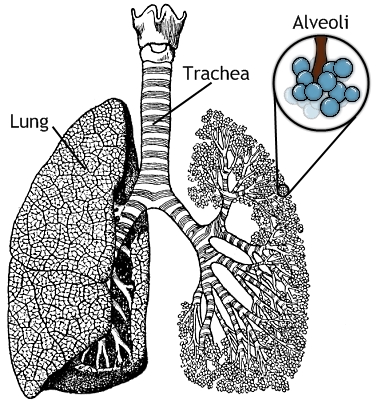

Mesothelioma
Mesothelioma is a rare and aggressive cancer that mainly affects the lining of the lungs, abdomen, or heart. It is almost exclusively caused by asbestos exposure, with the inhalation of asbestos fibers being the primary route of entry. Mesothelioma has a long latency period, often taking 20 to 50 years to develop after asbestos exposure. The prognosis for mesothelioma is generally poor, and treatment options depend on the stage and location of the cancer.
Other asbestos-related diseases
In addition to asbestosis, lung cancer, and mesothelioma, asbestos exposure has also been linked to other respiratory diseases. These include pleural plaques, which are areas of scar tissue that form on the lining of the lungs, pleural effusion, which is the accumulation of fluid in the lungs’ lining, and pleural thickening, which causes scarring and stiffness of the lung lining. While these conditions may not be as severe as asbestosis or cancer, they still warrant medical attention and monitoring.
Natural Clearance of Asbestos
Fate of asbestos fibers in the lungs
Once asbestos fibers enter the lungs, they can follow different paths depending on their size, shape, and composition. Small fibers may be able to exit the lungs through the airway lining, while larger fibers can become lodged in the lung tissue or mucus. Upon entering the respiratory system, asbestos fibers may interact with the clearance mechanisms discussed earlier, including mucociliary clearance, macrophage clearance, and excretion through coughing and swallowing.
Role of mucociliary clearance
Mucociliary clearance plays a crucial role in the natural clearance of asbestos fibers from the lungs. The mucus layer in the respiratory tract traps the fibers, and the coordinated movement of cilia helps transport the mucus and its trapped particles upward, towards the throat. From there, the trapped fibers can be swallowed and eventually passed out of the body through the digestive system. However, due to the durability of asbestos fibers, some may resist the clearance process.
Macrophage-mediated clearance
Macrophages, as mentioned earlier, play a vital role in clearing asbestos fibers from the lungs. Once the macrophages engulf the fibers through phagocytosis, they attempt to break them down using various enzymes. However, due to the durability of asbestos, the fibers may resist digestion and remain within the macrophages. This can lead to the formation of asbestos bodies, which are characteristic structures found in lung tissue samples of individuals with a history of asbestos exposure.
Excretion through coughing and swallowing
Coughing and swallowing also contribute to the natural clearance of asbestos fibers from the respiratory system. Coughing helps to expel trapped particles from the airways, while swallowing allows fibers that have reached the throat to be transported to the gastrointestinal tract for eventual elimination through bowel movements. However, it is important to note that the lungs may not be able to completely clear all asbestos fibers, especially if exposure levels are high or prolonged.
Challenges in Asbestos Clearance
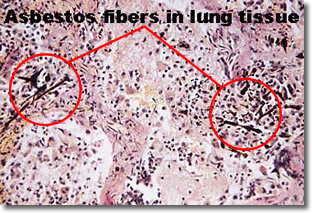

Persistence of asbestos fibers
One of the key challenges in asbestos clearance is the persistence of asbestos fibers within the lungs. Due to their durability, asbestos fibers can resist degradation and removal by the body’s natural clearance mechanisms. This persistence increases the risk of lung damage and the development of asbestos-related diseases, even years or decades after exposure has ceased. Finding effective ways to overcome this persistence is a focus of ongoing research and development in the field.
Overwhelmed clearance mechanisms
Prolonged or high levels of asbestos exposure can overwhelm the lung’s clearance mechanisms. The sheer volume of asbestos fibers entering the lungs can surpass the capacity of these mechanisms to remove them effectively. Additionally, factors such as the size, shape, and composition of the fibers can further impede clearance. When the clearance mechanisms are overwhelmed, asbestos fibers have a greater likelihood of remaining in the lungs and causing damage over time.
Role of fiber type and size
The type and size of asbestos fibers have a significant impact on their clearance from the lungs. Longer and thinner fibers, such as those found in amosite and crocidolite asbestos, are more durable and less readily cleared compared to shorter fibers like chrysotile asbestos. The size of the fibers also affects their ability to be transported through the clearance mechanisms. Therefore, the characteristics of the asbestos fibers themselves influence their clearance potential.
Impaired clearance in individuals with lung diseases
Individuals with pre-existing lung diseases, such as asthma or COPD, may have impaired clearance mechanisms due to lung tissue damage or inflammation. These underlying conditions can make it more difficult for the lungs to clear asbestos fibers effectively. The impaired clearance, coupled with the additional burden of asbestos fibers, significantly increases the risk and severity of asbestos-related lung diseases in these individuals. Therefore, it is crucial to manage and monitor lung diseases in the context of asbestos exposure.
Medical Interventions
Asbestos exposure prevention
Preventing asbestos exposure is the most effective way to reduce the risk of developing asbestos-related lung diseases. Occupational safety measures, such as proper training and the use of personal protective equipment in high-risk industries, are essential. When working with asbestos-containing materials, it is crucial to follow proper handling and removal procedures to minimize the release of fibers. Additionally, regular inspections and maintenance of older buildings can help identify and address any asbestos-containing materials that may pose a risk.
Early detection and screening
Early detection plays a crucial role in managing asbestos-related diseases. Regular screening, including imaging studies such as chest X-rays or computed tomography (CT) scans, can help detect early signs of lung damage or the presence of asbestos-related conditions. Individuals with a history of asbestos exposure, particularly those at higher risk due to prolonged or intense exposure, should discuss screening options with their healthcare providers.
Treatment options for asbestos-related lung diseases
While there is no cure for asbestos-related lung diseases, various treatment options can help manage symptoms and slow disease progression. For example, in the case of asbestosis, pulmonary rehabilitation programs can improve lung function and quality of life. Treatment for lung cancer and mesothelioma may include surgery, radiation therapy, chemotherapy, targeted therapy, or immunotherapy, depending on the stage and type of the disease. Palliative care can also play a crucial role in managing symptoms and improving quality of life for individuals with advanced stage diseases.
Management of symptoms and complications
Symptom management is an important aspect of caring for individuals with asbestos-related lung diseases. Medications, such as bronchodilators and corticosteroids, can help alleviate breathing difficulties associated with conditions like asbestosis or other respiratory diseases. Oxygen therapy may also be necessary in advanced stages of lung diseases to improve oxygen supply to the body. Additionally, lifestyle modifications, such as quitting smoking and adopting a healthy diet, can contribute to overall respiratory health and well-being.
Research and Future Directions
Ongoing studies on asbestos clearance
Understanding the clearance mechanisms of asbestos fibers and developing effective strategies for their removal remain active areas of research. Ongoing studies explore the complex interactions between asbestos fibers and the lung’s clearance mechanisms, aiming to improve our understanding of how asbestos affects the respiratory system. This knowledge will contribute to the development of innovative treatments and preventive interventions for asbestos-related lung diseases.
Development of novel clearance-enhancing therapies
Researchers are also working towards developing novel therapies that enhance the clearance of asbestos fibers from the lungs. These therapies may involve targeting specific cellular pathways involved in particle clearance or introducing substances that can break down or facilitate the removal of asbestos fibers. By enhancing the natural clearance mechanisms, it may be possible to reduce the burden of asbestos fibers in the lungs and minimize the associated health risks.
Advancements in early detection methods
Advancements in medical imaging technology and biomarker research are paving the way for more accurate and sensitive early detection methods for asbestos-related diseases. Imaging techniques, such as high-resolution CT scans, can now detect finer changes in lung tissue, enabling earlier diagnosis. Biomarkers, such as certain proteins or genetic markers, may also hold promise as indicators of asbestos-related diseases before symptoms become apparent. These advancements, coupled with improved screening programs, can lead to earlier interventions and better outcomes for affected individuals.
Public health initiatives and awareness
Public health initiatives and awareness campaigns play a crucial role in preventing asbestos-related lung diseases. Promoting education and knowledge about asbestos exposure, associated health risks, and proper handling procedures can help reduce exposure levels in high-risk industries and environments. These initiatives also aim to raise awareness among healthcare providers about recognizing and managing asbestos-related diseases. By fostering a better understanding of asbestos-related risks and encouraging preventive measures, public health initiatives can contribute to the well-being of individuals and communities.
Conclusion
In conclusion, asbestos remains a significant public health concern due to its widespread use in various industries and the associated health risks. Understanding the mechanisms by which asbestos affects the lungs and how the body attempts to clear asbestos fibers is crucial in mitigating these risks. Factors such as the size and type of asbestos fibers, exposure levels, and individual susceptibility all play a role in determining the likelihood and severity of asbestos-related lung diseases.
Medical interventions, including prevention strategies, early detection, and appropriate treatments, can help manage asbestos-related lung diseases and improve quality of life for affected individuals. Ongoing research and advancements in the field hold promise for further improving our understanding of asbestos clearance mechanisms and developing innovative therapies.
By raising awareness, implementing preventive measures, and prioritizing public health initiatives, we can work towards minimizing the impact of asbestos exposure on our respiratory health. It is essential for individuals to be proactive in understanding the risks and taking appropriate measures to protect themselves, their loved ones, and their communities from the dangers of asbestos.


